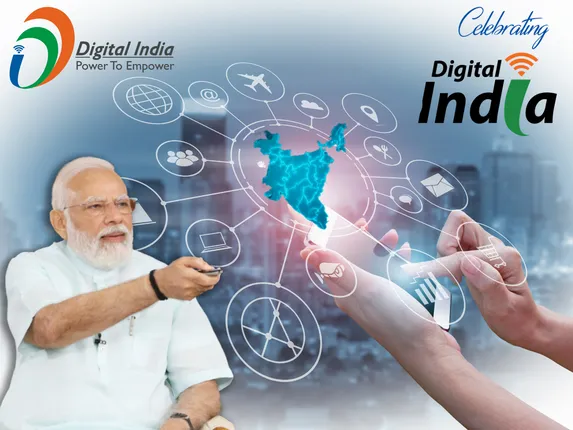Digital India is a campaign launched by the Government of India on 1st July 2015 to transform India into a complete digital country. It is an initiative planned to digitally empower Indian society by integrating the government departments and leading companies (national or international). The main purpose of digitizing this country is to make all government services easy to reach India’s citizens. There are three key vision areas of this program which are:
Digital infrastructure throughout the country is like a utility to the Indian people as it will make available high-speed internet and deliver all the government services with ease and fast. It will provide citizens with a lifelong, unique, online, and authentic digital identity. It will access online services like handling bank accounts, financial management, safe and secure cyber-space, education, distance learning, etc.
The high demand for good governance and online services will make available all the services in real-time through digitization. Digitally transformed services will also promote people to do online business by making financial transactions easy, electronic, and cashless.
Digital empowerment of Indian people will make possible digital literacy through universally accessible digital resources. It will enable people to submit required documents or certificates online and not physically in the schools, colleges, offices, or any organization.
The government of India has implemented the Digital India program to ensure the following aims of this initiative:
- To ensure broadband highways.
- To ensure universal access to mobile phones.
- To facilitate people with high-speed internet.
- To bring e-Governance by reforming government through digitization.
- To bring e-Kranti through electronic delivery of services.
- To make available online information for all.
- To ensure more IT jobs.

